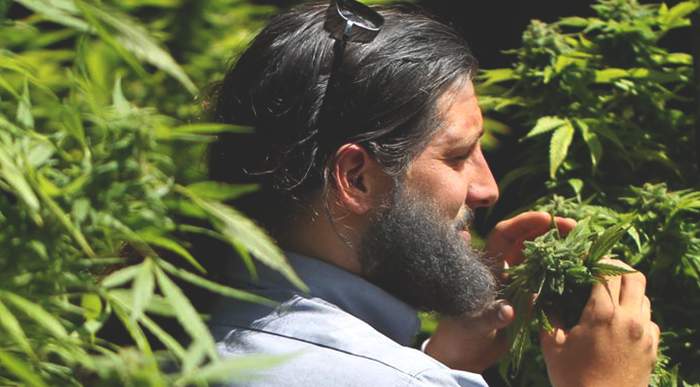The federal government has asked the American public for help digging up scientific research studies that prove that cannabis can help treat pain and headaches.
In two separate notices published in this month’s federal register, the Agency for Healthcare Research and Quality (AHRQ) announced it was conducting a review of treatments used to to quell acute pain and migraine headaches. The focus of this review is to explore the effectiveness of alternatives to opioid medications traditionally used to treat severe pain. And, although the feds have a long history of ignoring the medical potential of cannabis, each of these requests specifically notes medical marijuana as an “alternative treatment” for pain.
The two notices ask the public for assistance in sourcing any clinical studies that explore the safety and efficacy of non-opioid treatments for pain. The first of these requests deals with treatments for acute episodic migraines. Specifically, the AHRQ is looking for studies that detail the “comparative effectiveness of opioid therapy” versus alternative treatments, including over-the-counter painkillers, muscle relaxants, and “marijuana/cannabis.”
Interestingly, the AHRQ is also looking for information about how ergot’s alkaloids could help treat migraines. These alkaloids, produced in nature by the ergot fungus, include lysergic acid, a natural precursor to LSD (lysergic acid diethylamide). The agency is also evaluating the treatment potential of nonpharmacologic therapies, including exercise, acupuncture, biofeedback, and cognitive behavioral therapy.
The second of these two notices is seeking to identify “as many studies as possible that are relevant to” its review of acute pain treatments. This second review requests information on many of the same treatment alternatives as the migraine study, including OTC painkillers, exercise, and acupuncture. Cannabis is not mentioned in the body of this request, but it is still included at the end of the list of inclusion criteria for studies.
Although the federal prohibition of cannabis makes medical research difficult, there are still a wealth of studies that provide the information that the feds are looking for. Scientists have theorized that a deficiency within the body’s endocannabinoid system could be responsible for migraines, and a 2017 study found that a combination of THC and CBD treated migraines as well as traditional prescription medications. A more recent study found that smoking or dabbing weed can reduce the intensity of migraine pain by half.
There are even more studies showing the effectiveness of cannabis at treating pain. Many recent studies have reported that medical marijuana can help pain patients wean themselves off of opioids. Some studies say that whole cannabis flower is the most effective form of pain relief, while others single out individual cannabinoids or flavonoids as the most powerful analgesic elements of cannabis.
The AHRQ is welcoming submissions of studies like these from the general public, as well as from organizations that have conducted relevant or similar research. The agency will only accept studies that are available to the public, however, and will not accept confidential research. The deadline for submissions for the migraine study is February 7th, and the deadline for the acute pain review is February 14th.











